The betel leaf plant, scientifically known as Piper betle, is a tropical vine belonging to the Piperaceae family. It is native to Southeast Asia, specifically to countries like India, Indonesia, Sri Lanka, and Malaysia. This versatile plant holds significant cultural and medicinal importance and has been used for various purposes for centuries.
Appearance:
The betel leaf plant is a perennial creeper that grows vigorously, climbing up trees or other supporting structures. It has heart-shaped, glossy, and vibrant green leaves, which are the main attraction of the plant. The leaves are smooth on the upper surface and slightly hairy on the lower surface. The plant’s stems are reddish-brown and produce aerial roots, which aid in climbing and anchoring to surfaces.
Cultural significance:
In many cultures across Asia, betel leaves hold great cultural and social significance. They are commonly used in various traditional rituals, ceremonies, and social gatherings. Offering betel leaves to guests is a symbol of hospitality and respect in many communities.
Traditional uses:
1. Chewing: One of the most well-known uses of betel leaves is in the preparation of betel quid or paan. People often chew betel leaves along with areca nut and slaked lime (chunnam or calcium hydroxide), often with added tobacco and various flavorings. This practice is prevalent in several Asian countries, and it is believed to have stimulating and digestive properties.
2. Medicinal properties: Betel leaves have been used in traditional medicine for their various therapeutic properties. They contain essential oils, tannins, phenols, and alkaloids, which contribute to their medicinal effects. Some traditional medicinal uses include using betel leaves for their anti-inflammatory, analgesic, and antimicrobial properties. They are also believed to aid in digestion, alleviate coughs and colds, and improve oral health.
3. Culinary uses: Betel leaves are occasionally used as a wrapping for various fillings, such as minced meat or seafood, before being grilled or steamed. In some cuisines, they are also used to flavor certain dishes.
4. Aromatic uses: The essential oil extracted from betel leaves is used in the perfume industry to add a unique fragrance to perfumes and cosmetics.
Cautions:
While betel leaves have cultural and medicinal value, the practice of chewing betel quid can have adverse health effects. Long-term use has been associated with oral cancer, as tobacco and slaked lime used in betel quid can be carcinogenic. It’s important to use betel leaves and related products in moderation and with caution.
In conclusion, the betel leaf plant is a culturally significant and versatile plant with traditional uses ranging from ceremonial practices to medicinal applications. Its glossy, heart-shaped leaves make it visually appealing, while its role in various cultural practices adds to its charm. However, caution should be exercised when using betel leaves in any form, particularly with betel quid preparations that contain harmful ingredients.

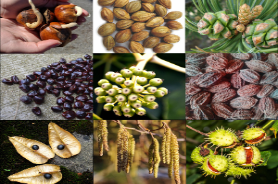





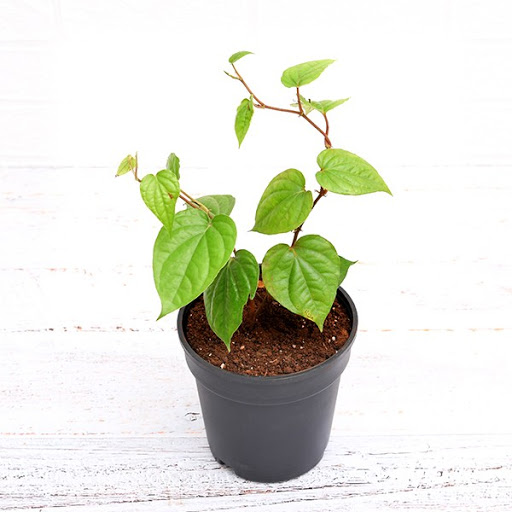

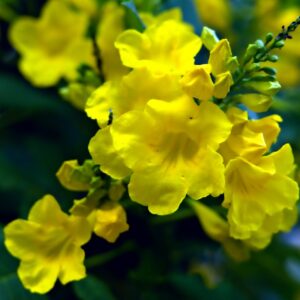
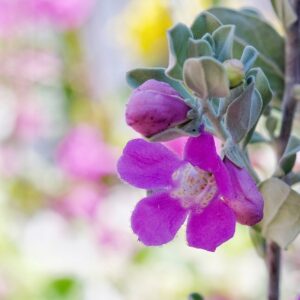
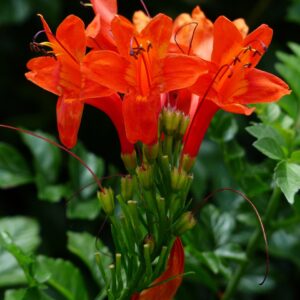
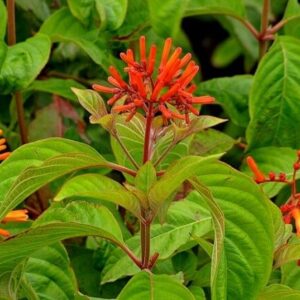
Reviews
There are no reviews yet.